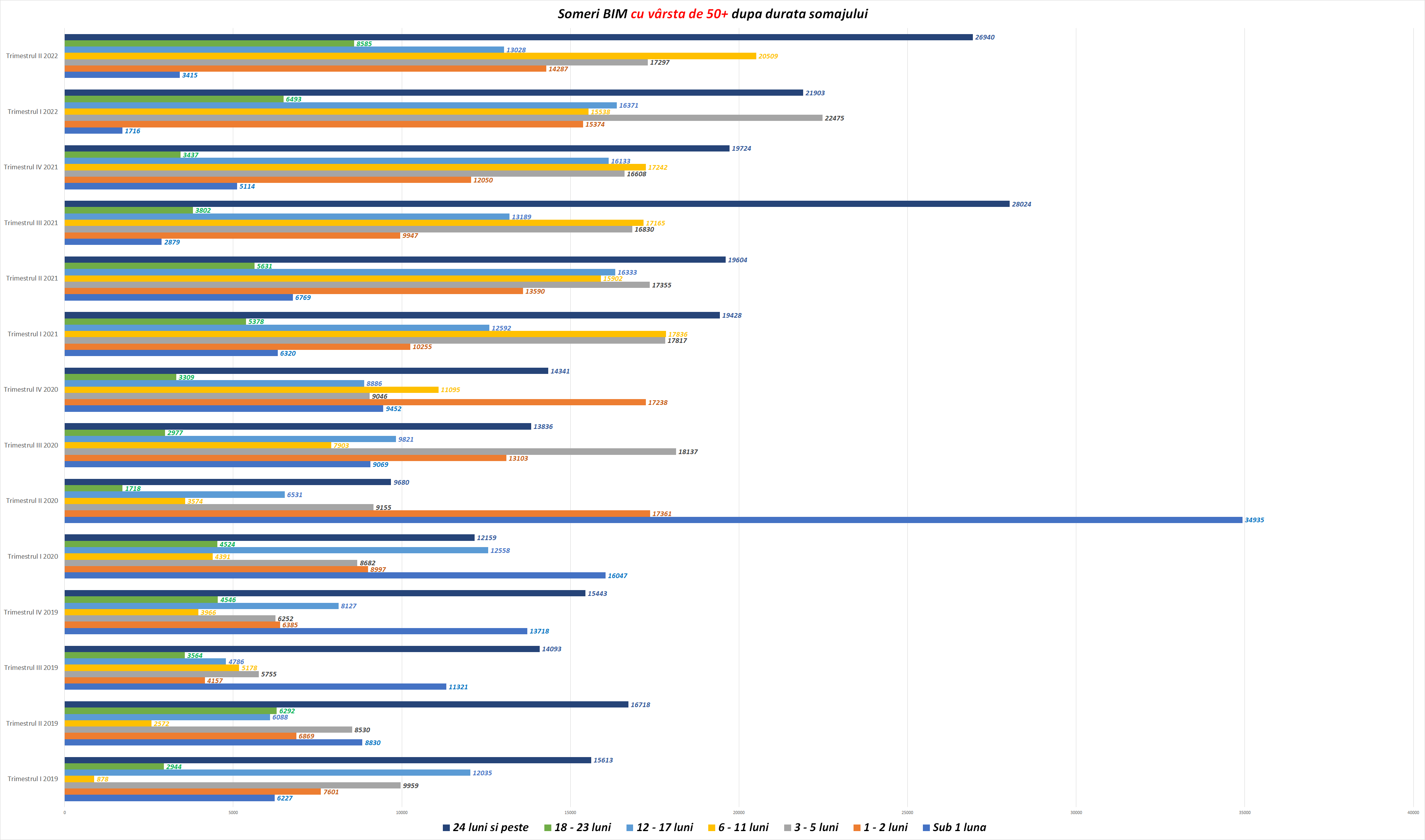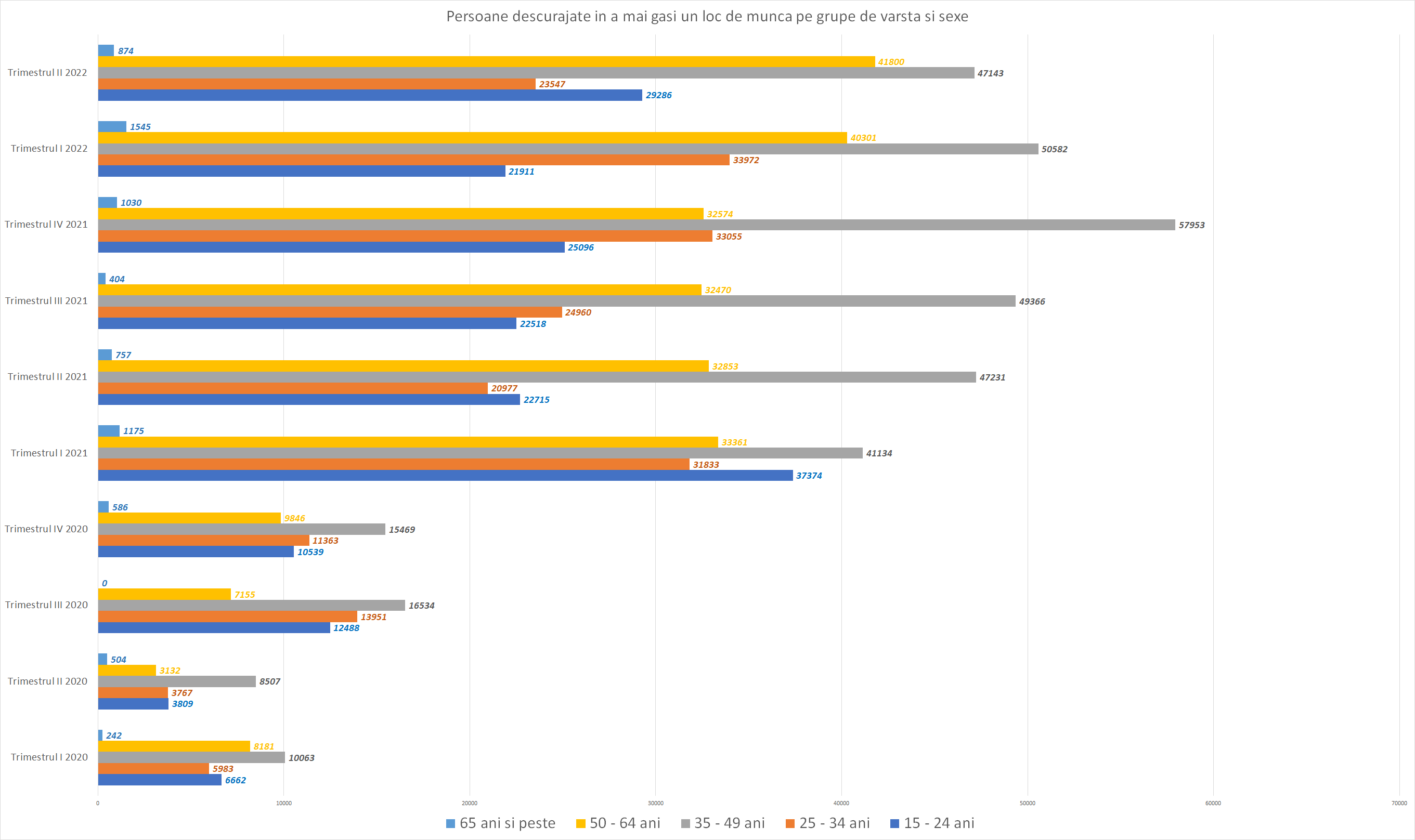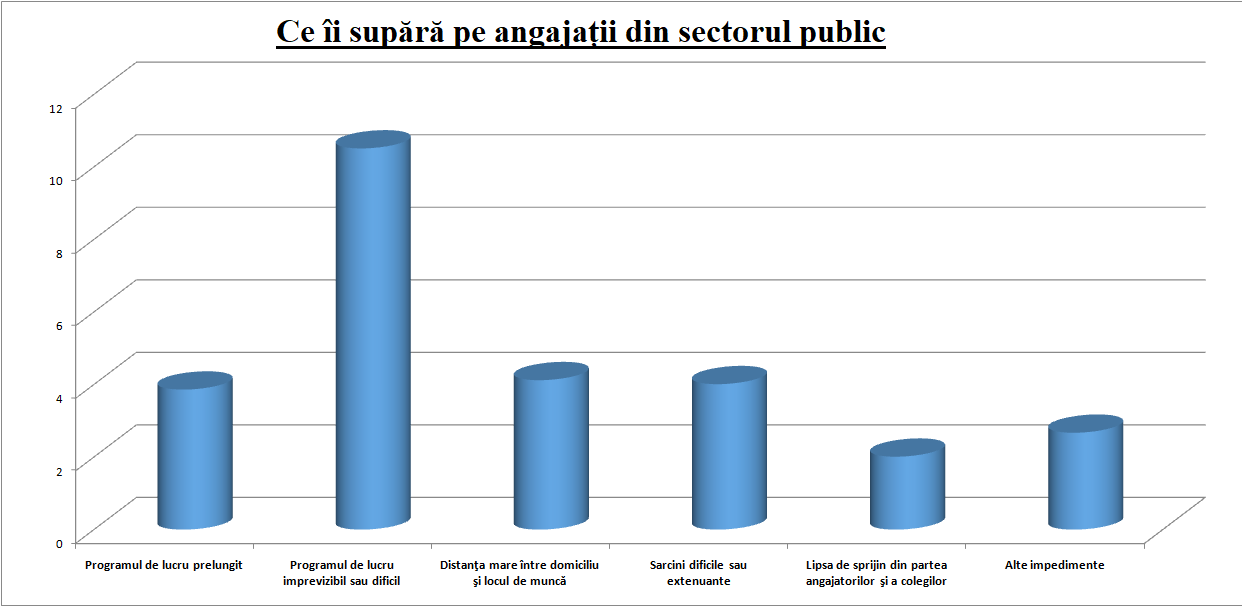
Ion Predescu is a taxi driver for a ride-sharing company, although he doesn’t like driving at all. He is 67 years old, but his son has become unemployed and can no longer support his wife and two children. So Predescu keeps his eyes on the program and thinks about who will get into his car today.
“I worked at the former dairy factory during the time of Ceausescu. This is where the Revolution found me. But you should know that compared to the cream that you can find on the market now, we used to make real cream, not water, like now…” he quips. After the revolution, the factory where he worked was privatized, and by 2008 he was out of a job. He was 53 years old.
I have been looking for a job for months. I was only looking for a job as a security guard, but instead of sitting at home and crying with regret, I accepted, says Ion Predescu. After 50, no one looks at you. They are polite, put up a “we’ll call you back” sign, but no one ever calls. I also met jerks who wanted to hire warehouse handlers and asked me if I knew how to work in 3D Max. Just to laugh… “Now my boy is in the same situation as me, only younger than me. So I work 8-10 hours a day to help my son and grandchildren,” says Predescu.
The situation of people over 50 who remain unemployed is more difficult in terms of ease of re-employment.

- The number of over 50s waiting more than 18 months for work has doubled since the pre-pandemic period. The same is true for those who stay longer than 2 years to get a job, according to INS data (see chart above). The trend is opposite for younger age groups, where the average waiting period does not exceed 11 months. average
However, many of those who are looking for a job but can’t find it give up, joining the ranks of the “discouraged,” as Statistica calls them.

Adriana Mulcescu first worked as a salesperson in a store, then a friend suggested she switch to a hair salon for pets. She is 51 years old. As a saleswoman, you dealt with various customers. If there was a line at the cash register, you were shouted at to open more cash registers, to put marks, as if it was your decision. Every mitokan made you in every way he could think of. That’s why I left. At the pet store, I thought I would meet more educated customers who could just afford to do procedures for their cats and dogs that not everyone can afford. In no case! I had to take care of washing, trimming and grooming the dogs – often anxious – but also reassuring their equally worried owners. I exceeded the schedule, there was money, but I stayed there for 5 years, says Adriana.
But the pandemic hit. After closing for several months in 2020, the zoo reopened in 2021. Only a few of the former employees found other jobs, and there were very few of us. I would groom up to 10 dogs a day, bathe them, have date after date, and in the evening when I came home, I didn’t even need food. I told my boss to give me a raise, and he said if I didn’t like it, I could leave. That no one will hire me when I’m fifty.
And there were also clients whose expectations against the background of the pandemic took on surreal shades, some wanted to disinfect the scissors after each cut of the same dog. Others forced me to talk to the cats about how stressed they were after the pandemic… In the end, I couldn’t take it anymore and quit, says Adriana. I began to envy those who never worked a day in their lives.

Maria Kemerasanu has never worked a day in her life, even though she is almost 50 years old. Her husband earns enough for both of them, and the boyfriend works as an IT specialist in Amsterdam and sends them money from there. In addition, the two live outside the capital, where Maria takes care of the garden, relieving them of the daily expenses of living. Like Maria, more than two million Romanians have never worked a day in their lives. If we were to reduce this mass to a group size of only 10 people, 4 would be under 25 years old, two would be 25-34 years old, one would be between 35-44 years old, one between 45-54 years old and the other two would be from 55 to 64 years old. In terms of gender, one-third are male and two-thirds are female, and the urban-rural ratio is about the same.
Maria Kemerasanu has never worked a day in her life, even though she is almost 50 years old. Her husband earns enough for both of them, and the boyfriend works as an IT specialist in Amsterdam and sends them money from there. In addition, the two live outside the capital, where Maria takes care of the garden, relieving them of the daily expenses of living. Like Maria, more than two million Romanians have never worked a day in their lives. If we reduced that mass to a group size of only 10 people, 4 would be under 25 years old, two would be 25-34 years old, one would be 35-44 years old, and one would be 45-54 years old. years old, and two others – 55-64 years old. In terms of gender, one-third are male and two-thirds are female, and the ratio between urban and rural residents is about the same.

Nikushor Tenase is 48 years old. It does not appear in any records of any employer as it contributes to Germany’s GDP. When he was 30, a friend who worked in construction took him to Germany, and he spends about 9 months a year there. And the rest of the time he comes to the country and carols at resorts, as he says, “to fix his back.”
Some Romanians who have never worked say they had to take care of children. Interestingly, those who made this argument, mostly from the 35-44 age group, cannot, as might be expected, be part of the younger categories when the children are smaller. In addition, among Romanians over 55, one in five gives the same argument: he stayed with his children.
But those who work also face challenges that make it difficult for work and personal life to coexist.
Public sector workers complain that they are not supported enough by their superiors and colleagues, that their work schedule is difficult, or that they have a heavy workload. Private sector workers complain that they work overtime. And in general, they are half the intensity of dissatisfaction of those who work in the state. It should be noted that there are more men who are blamed for these obstacles than women, and by age group the majority of dissatisfied people are concentrated in the category of young people aged 25-34.

The share of people who have problems with balancing their work and family activities varies, according to a study on this topic by the National Institute of Statistics.
About 27% of Romanians working in the public sector say they face professional difficulties that prevent them from fulfilling their caregiving duties. Unpredictable or difficult work schedules were the most frequently mentioned obstacle that made it difficult to harmonize professional activities with caring responsibilities.
While the long distance between home and work was mentioned more often by private sector workers than by public and mixed sector workers, difficult and exhausting tasks were indicated, especially by public sector workers.
Source: Hot News
Ashley Bailey is a talented author and journalist known for her writing on trending topics. Currently working at 247 news reel, she brings readers fresh perspectives on current issues. With her well-researched and thought-provoking articles, she captures the zeitgeist and stays ahead of the latest trends. Ashley’s writing is a must-read for anyone interested in staying up-to-date with the latest developments.